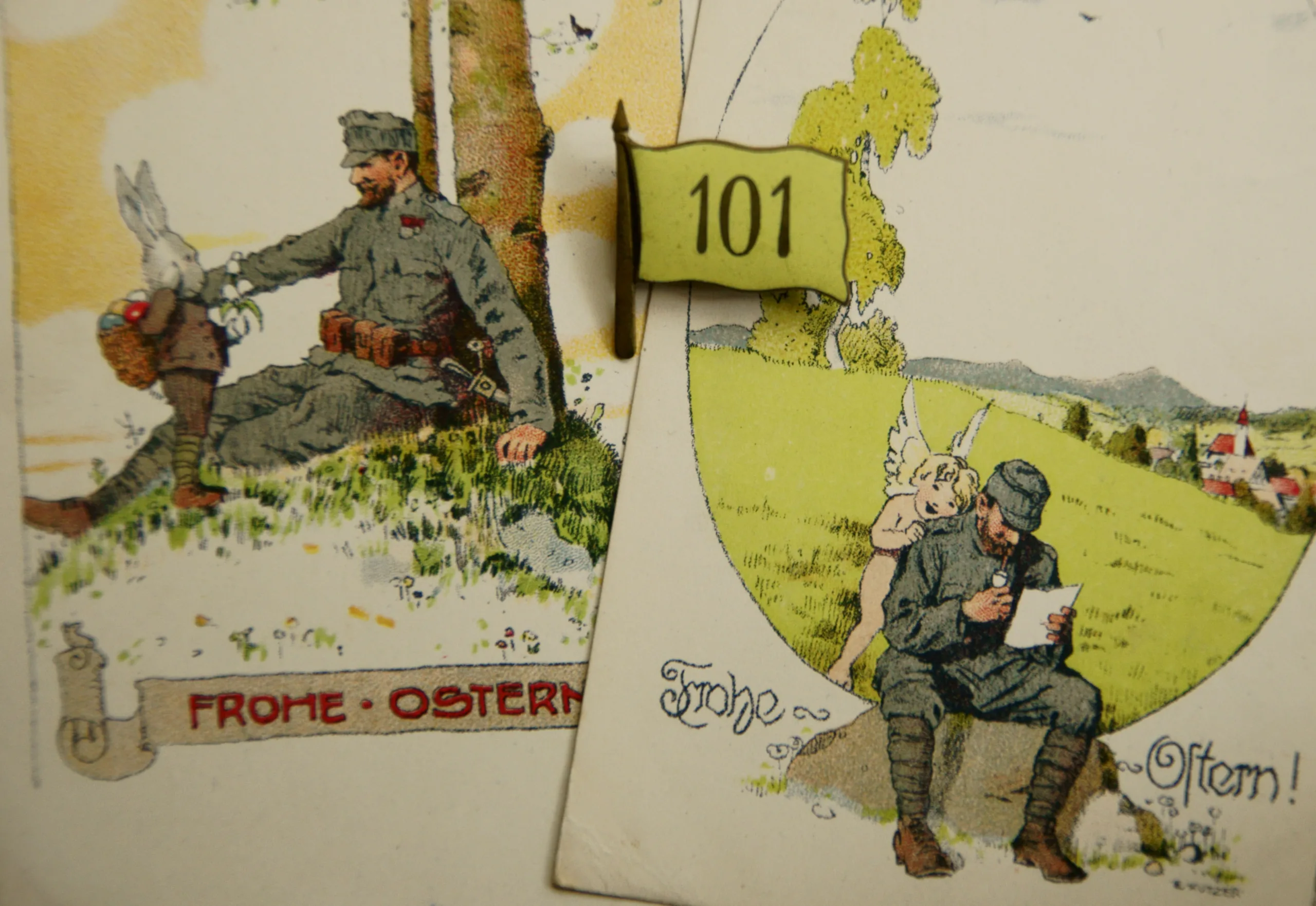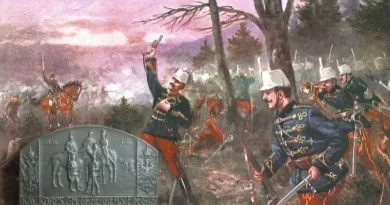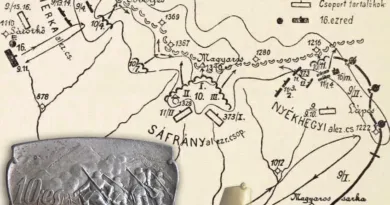April 1915
The Russian steam roller, which started in the autumn of 1914, slowed down at the Carpathian passes, and the struggle swung back and forth during the winter. After the fall of Przemysl, at Easter, the Russians tried again, their attack on the lines of the Austro-Hungarian 2nd and 3rd Armies stalled after a few kilometers of territorial gain. In the heavy battles, the divisions of the Monarchy, which were constantly defending themselves with great losses, such as the 33rd division in the current position, stopped the Russian attack in a heroic struggle with a series of self-sacrificing actions.
Almost to the day, 106 years ago, the Austro-Hungarian 2nd and 3rd Armies fought a life-and-death struggle between the Carpathian ranges with Russian invaders invading the country. The chronicles recorded that it was cold weather even then, on Good Friday, April 2, for example, a heavy snowstorm raged, and even frostbite occurred in the open trenches in the night frost. The numb, frozen soldiers had to take up the fight against the overwhelmingly attacking Russians from weakly built-up, improvised covers. The achievements of the heroic defense were rewarded with several gold bravery medals. Lieutenants Károly Ungár and Zoltán Laczhegyi won the MMTR Knight’s Cross for their actions. This is how the volume “Hungarian infantry” writes about the events:
“Towards the end of March, the 3rd Army, adequately backed by reserves, succeeded in this perseverance and here it seemed that the danger of a Russian breakthrough had been averted for the time being. The Russian attack on the Laborca Valley, launched in the first days of April, had already faced a counter attack by the Beskid Corps. The Russians were forced to retreat and pass the crucial Kobila (640 mp) height. In the bloody fighting, the Russians lost 23 officers and 5,000 crew in POWs alone. We consider the excellent action of the 101st Infantry Regiment, but especially Lieutenant Zoltán Laczhegyi of the 101 / I Battalion, and the 3rd company’s sergeant, Antal Gáspár, worth mentioning in connection with these fighting. Lieutenant Laczhegyi, when the overwhelming Russians occupied the Gusina plateau between Virava and the Vilag, the key point of the corps’ position, took command of the reserve company of his battalion, and despite the command of his battalion commander, led it into counterattack with complete success. He also maintained the height against repeated attacks. Lieutenant Laczhegyi was awarded the Knight’s Cross of the MMTR for this action.

On April 3, the 3rd company of the 101. regiment not only repulsed an enemy invaded between Virava and the Vilag at a depth of 500 steps, but even occupied its former positions and took many POWs. The soul of this attack was Sergeant Gaspar. The young crew rushed into the fire after him with great heroism. Sergeant Gaspar received a gold medal of bravery”.
But we can find examples of the same heroism in each of the Hungarian infantry regiments lined up on the front line. The defense of the homeland inspired every soldier to the extreme. The depleted crew of the 20th Honvéd Infantry Division was then filled with marching squadrons of 10 different common infantry regiments at that time. In addition to the general Hungarian command language of the Honvéd troops, there was a dual command (Hungarian and German) at that time, as the crews of the common companies that arrived as reinforcements were of many nationalities. These mixed troops stopped the Russian attack once and for all. After settling the lines, one of the most successful Austro-Hungarian military operations, the Gorlice breakthrough and the repulsion of the Russians beyond the 1914 border could take place.
The post also gives me an opportunity to write about the Arkansas regiment flag badge series. This company produced badges with well-conceived motifs for several troops that differed only in numbering and color. Here we can now see one of the flag badges invented for the “common” infantry regiments. The flags show the regiment number. The base color is the lapel color of the regiment. In this case, the insignia of the 101st Infantry Regiment of Békés County appears on a sulfur yellow background. The Russians also called them the Yellowfin Regiment by the color.




